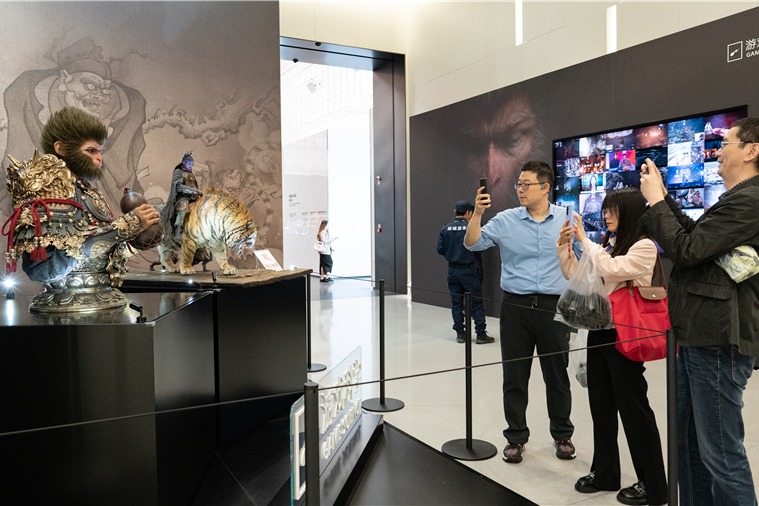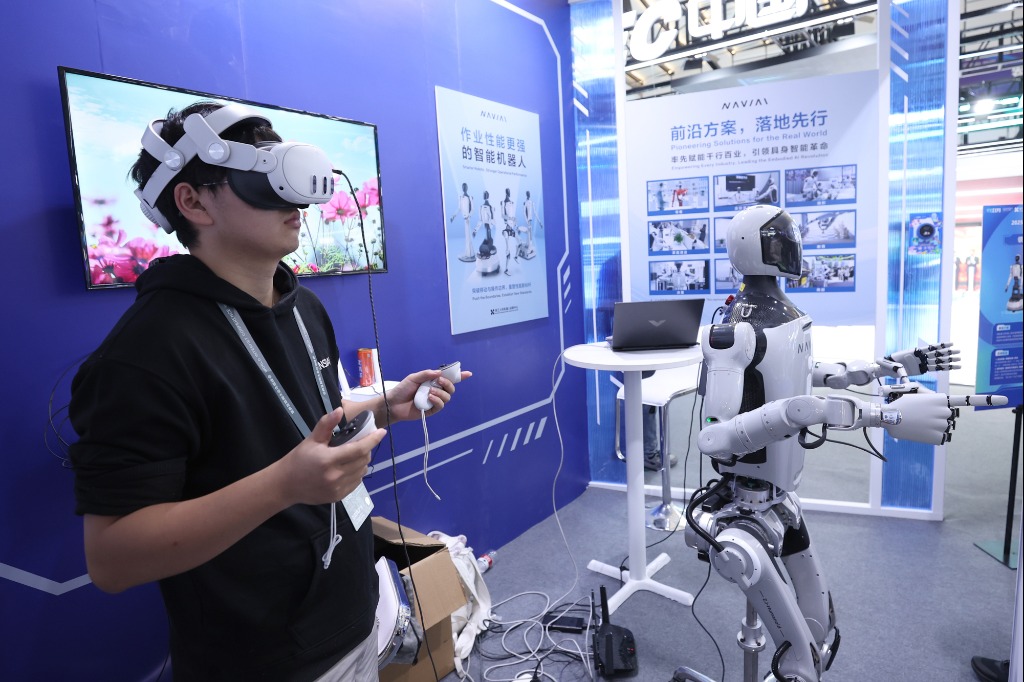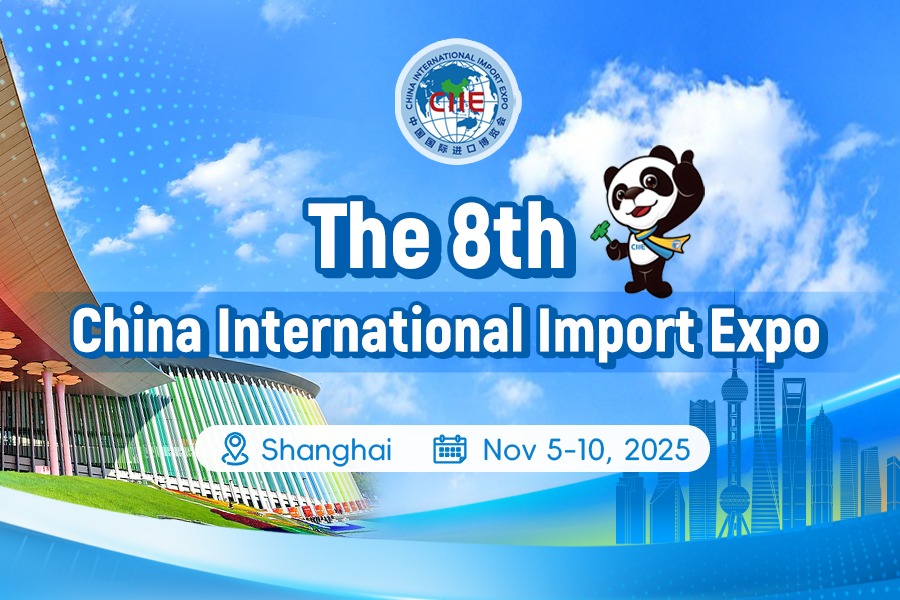Lenovo unveils bold vision for AI, addresses concerns over tariffs


Lenovo Chairman and CEO Yang Yuanqing on Wednesday outlined a bold vision for AI-driven "Super Intelligent Agents" poised to redefine human-machine collaboration, while addressing concerns over global tariff pressures and product pricing.
At the company's Tech World event held in Shanghai, Yang said AI is evolving from a tool into a "cognitive operating system" for individuals and enterprises.
"In the future, AI will handle the grind of productivity, while humans focus on creativity," he said. Highlighting breakthroughs like Chinese open-source AI company DeepSeek's inference-optimized models, Yang predicted that Super Intelligent Agents will become the next catalyst for quality-of-life and productivity gains.
According to him, these AI agents need to excel in areas such as multi-modal interaction, namely, combining text, voice, gesture and eye-tracking for seamless cross-device intent recognition.
Meanwhile, AI agents need to be good at cognitive decision-making, to integrate edge-to-cloud knowledge bases for adaptive reasoning and "transfer learning" capabilities.
Addressing data risks, Yang emphasized security as the foundation, citing Lenovo's deepfake detection tools now embedded in its agents. On the technical front, he stressed that edge AI's exponential growth relies on two pillars, namely customized compute solutions, developed with chip partners, and software-hardware co-optimized inference engines.
During a live demo, Lenovo's second-gen agent—boosted by its proprietary inference accelerator—solved a data analysis problem where the first-gen model failed, showcasing gains in speed, memory efficiency, and energy use. Yang projected a threefold improvement in edge AI capabilities within 12 months, driven by surging demand.
With US tariffs rattling electronics markets, Yang acknowledged pricing uncertainties but struck a measured tone in an interview. "Semiconductor-based products currently enjoy tariff exemptions, so near-term impacts may be limited," he noted. However, he identified two critical variables, component supply-demand dynamics and policy shifts, which could reshape Lenovo's pricing strategy.
While avoiding direct commitments, Yang underscored Lenovo's globalized operations as a buffer: "As a company with R&D, manufacturing, and supply chains distributed worldwide, we're positioned to adapt."




































